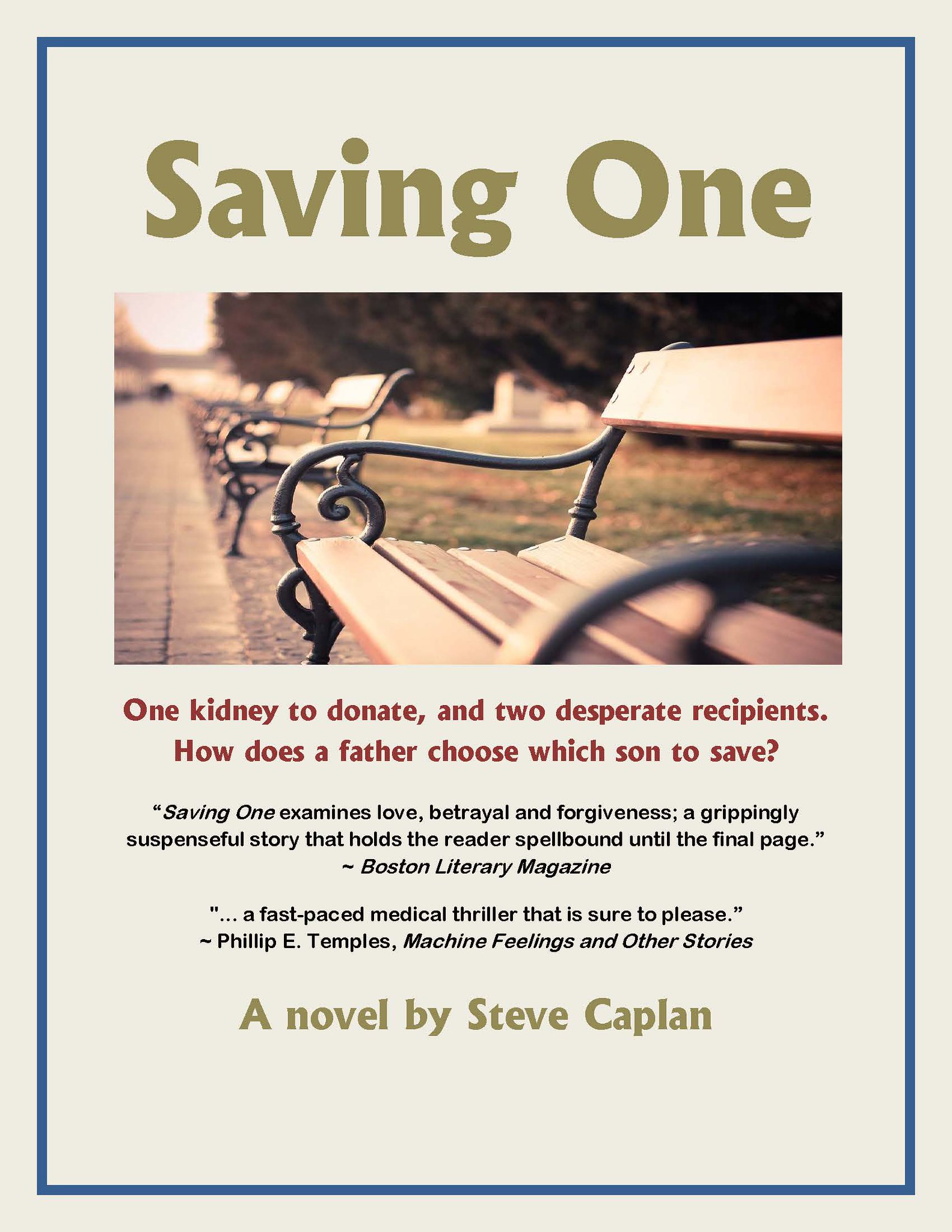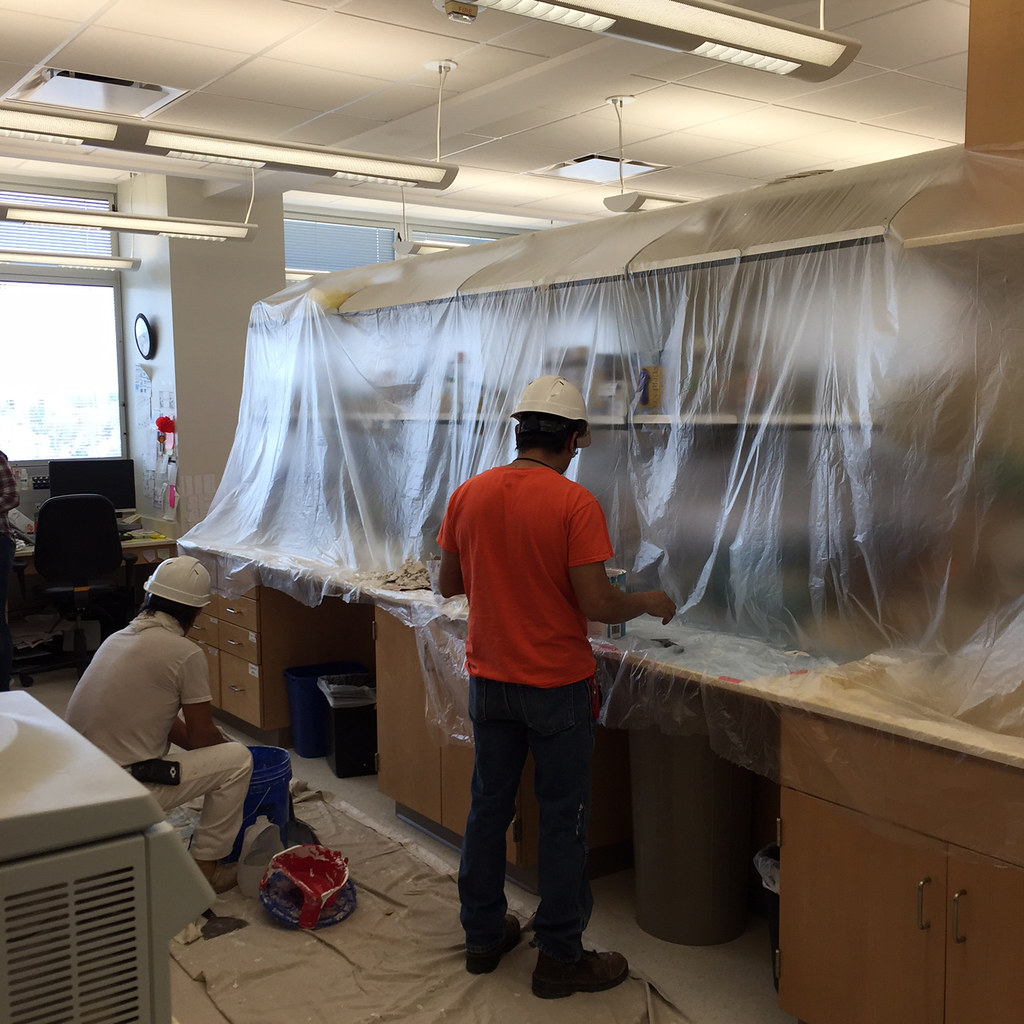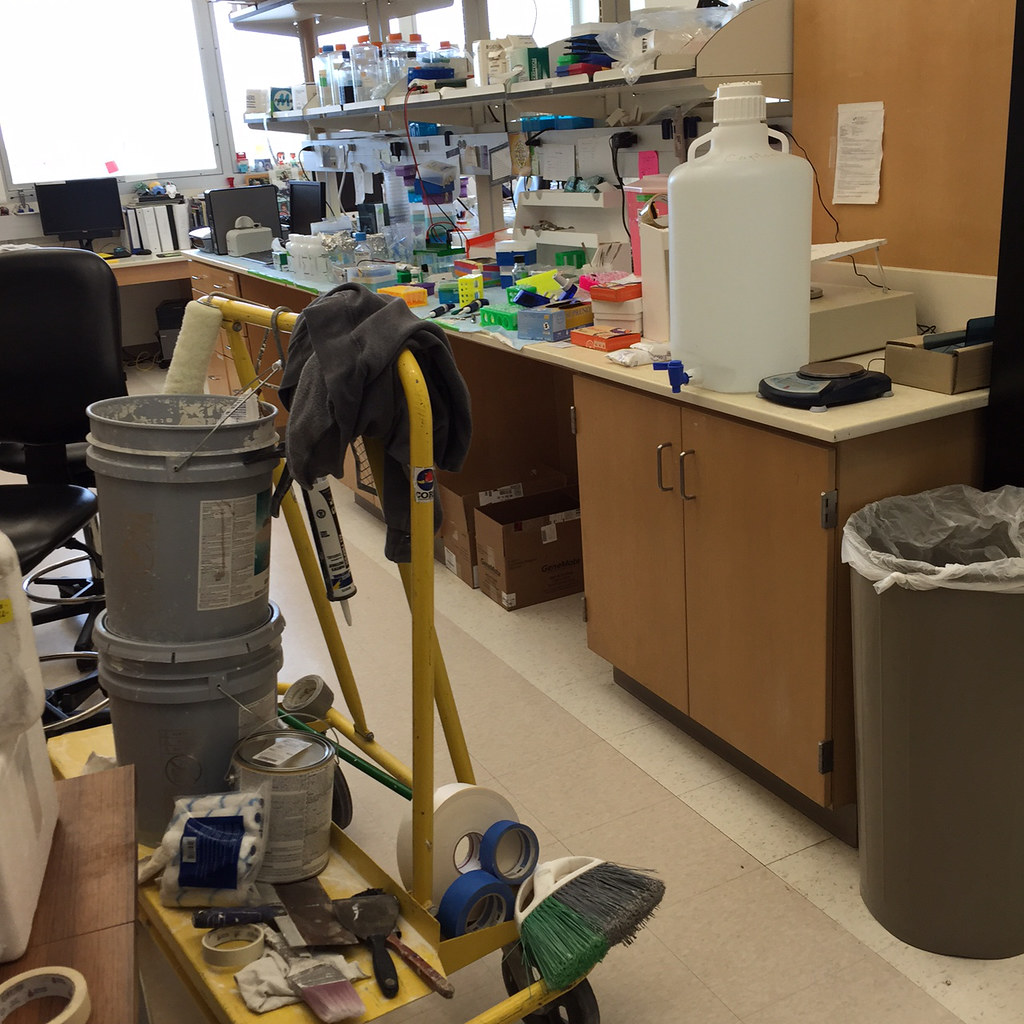Welcoming diversity in the workplace has become second nature in the US, and I would venture to guess that the biomedical workplace has been paving the way for years. The reliance on international scientific talent in the US has truly made the biomedical science laboratory a mosaic of cultures, religions, ethnic groups and nationalities that could almost outdo the United Nations in diversity. My own laboratory, since its inception 13 years ago, has seen students and postdoctoral fellows from nearly every continent, religion and culture, and overall, the tolerance and willingness to learn and empathize with others (in my lab and all others I have seen) is nothing short of remarkable.
I would further venture that based on my experiences throughout the US, this tolerance and open-minded behavior is the reigning sentiment. I know that skeptics will point out the recent racial tensions in St. Louis and other US cities, and will comment on “Black Lives Matter,” and I do recognize that there is still a way to go before things will be as they should. However, seeing my own teenagers at school, and their friends and their attitudes, I can honestly say that it appears as though the next generation will be “color blind,” “gender blind,” “sexual orientation blind,” and so on. It just isn’t an issue to them, and they truly fail to understand how such issues have been so divisive for so many for so long. I am encouraged by the spirit of the younger generation.
In this era of enlightenment and optimism, how then, do we deal with the day-to-day issues relating to tolerance in the laboratory—tolerance of those of any culture, including our own? Specifically, how do we manage to thrive if our work environment is subject to odors resulting from poor hygiene, or noises made by bodily functions that are perceived by many as unpleasant? And how can we ensure that our responses to such incidents are not viewed as being ‘intolerant?’
Many years ago, in another place and time, a graduate student joined the lab and my ‘tolerance’ was tested to the limit. She was from another country, but it was not a true cultural difference that created a rift; she was a heavy smoker. I am not only a non-smoker, but having grown up in a family with a parent who had no qualms exposing me to second-hand smoke in the home and in enclosed automobiles, I developed a severe reaction to even the slightest whiff of cigarette smoke. Yes, nausea, coughing and wheezing were probably as much psychological as physiological, but my pain was real enough.
Of course, smoking in the lab was forbidden—even in those days, when people were still inclined to pipette with their mouths—but when she would step out for a smoke and return to our tiny lab space, working back to back at the bench, her clothes, breath and hair would reek. What is the proper way to politely deal with such an issue? Is there one? Speaking quietly to the principal investigator of the lab to try and locate bench and desk space as far away as possible was the only, albeit partial, solution.
Years ago, in another lab, in another time, I became acquainted with a postdoctoral fellow with several habits that I found to be rather less than pleasant. He was an extremely likeable and helpful person—traits that made it even more difficult to broach a sensitive topic with him. He would arrive in the laboratory promptly at 8 am, head to the sink in the center of the lab space, and proceed to clear his nasal passages and throat. “Would you mind not doing that?” Or, “Could you please do that at home?” just did not seem like a compelling option for me or any of the other early-birds in the lab. Instead, 8 am became time for a coffee break in the library, far from the distracting noises in the lab.
I was reminded of these instances some time ago as I entered an elevator and caught the scent of poor hygiene/body odor emanating from the only other occupant of the elevator. She appeared to be oblivious to my discomfort, as I recalled instances when poor hygiene had been an issue with someone when I was in the military. After been forewarned and not taking corrective measures, in the military such a person was subjected to a ‘night shower,’ being carried and dumped unceremoniously in the shower, sleeping bag and all. Not a solution for the laboratory, obviously. So, how to deal with it? Grin and bear it? Grimace and bear it?
These examples, and other similar instances, are difficult issues to resolve. Sometimes they revolve around differences in culture, other times they may have more to do with socio-economic status. At times they have no nothing to do with anything—an example that’s probably no longer relevant in the realm of iPhone-carrying and headphone-wearing lab personnel is the once controversial radio channel/volume debate that every lab seemed to have. I worked in a lab once where a postdoc loved Carmen so much, that for months I couldn’t get the music out of my head.
What’s the solution? As I noted earlier, there is no magic bullet. In many cases, a more astute lab chief can minimize tensions by instituting common-sense rules that promote the most efficient workplace. For example in the case of music, if the music or volume bothers someone, then no music. After all, it is a place of work. But in other, more sensitive instances—personal hygiene and such—aside from a more efficient ventilation system, it seems difficult to find a solution where someone will not be offended.


 I think that many scientists today would likely agree that writing grants (and worrying about funding) can drive a person to insanity. A question that I’ve never really pondered until recently is “Would I trade my sanity for a grant?” And if so, what size of a grant would warrant relinquishing my treasured stable mental state?
I think that many scientists today would likely agree that writing grants (and worrying about funding) can drive a person to insanity. A question that I’ve never really pondered until recently is “Would I trade my sanity for a grant?” And if so, what size of a grant would warrant relinquishing my treasured stable mental state?







